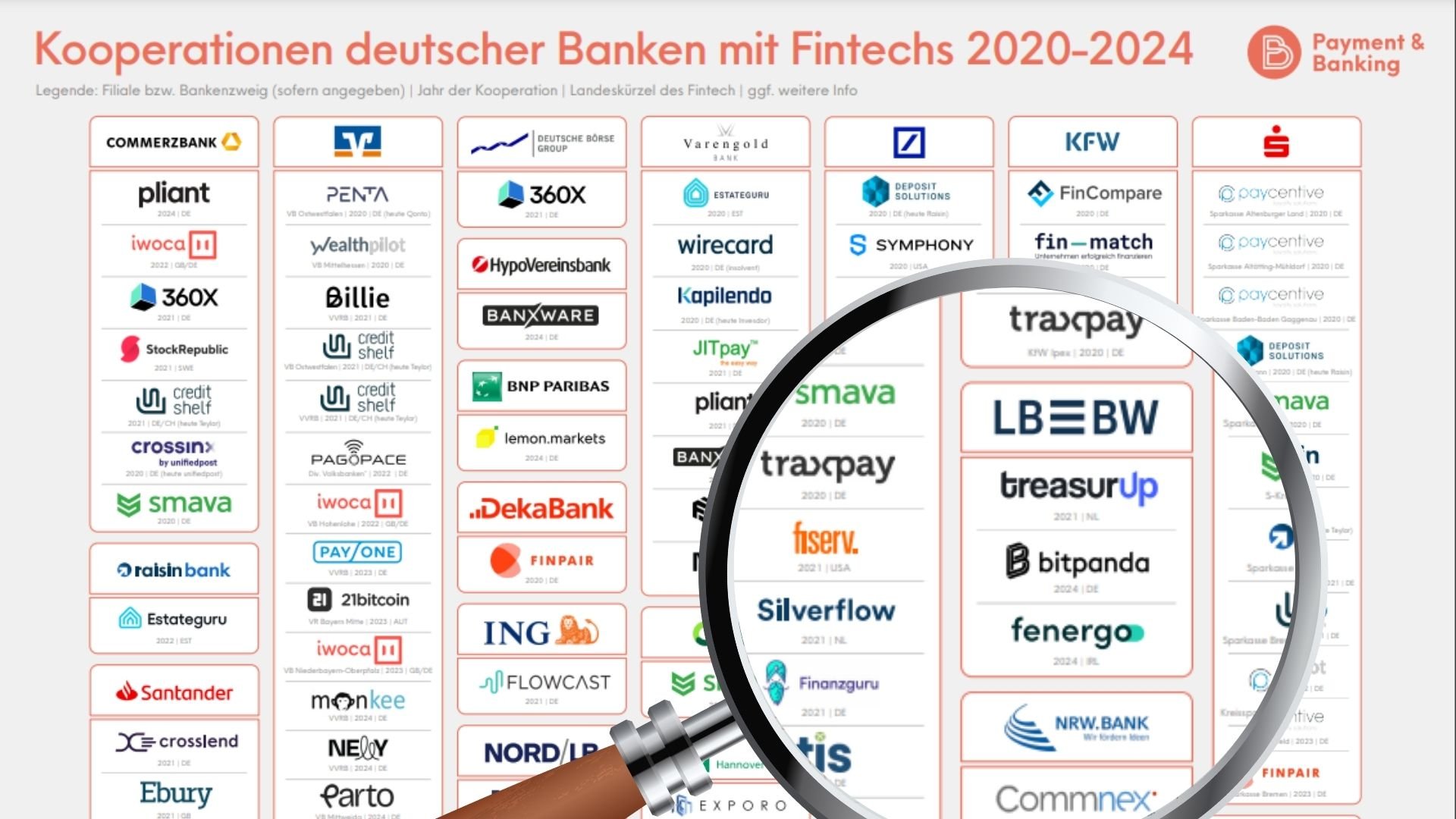Spätestens seitdem die Klimaschutzbewegung “Fridays for Futures” im Jahr 2019 global massiv an Zulauf bekommen hat, ist auch das Thema nachhaltige Geldanlage ein Punkt, der für Finanzdienstleister, Anleger und die breite Gesellschaft immer wichtiger wird. Erst diesen Monat machte Greenpeace hierauf wieder aufmerksam, als Aktivisten mit einem Gleitschirm auf dem Dach der Europäischen Zentralbank landeten, um für eine grünere Geldpolitik zu protestieren.
Aber was ist eigentlich eine wirklich grüne Geldanlage und worauf sollte man vor dem
Investieren achten ?
Eine nachhaltige Geldanlage wird häufig mit dem Begriff “ESG-Konform” gleichgesetzt und beschrieben. ESG steht dabei für Environmental, Social und Governance und beschreibt somit die Faktoren, auf welche es beim nachhaltigen Investieren zu achten gilt. So geht es beim Punkt Environmental etwa darum, ob Unternehmen klimaneutral produzieren, verantwortungsvoll mit seltenen Ressourcen umgehen oder schädliche Auswirkungen auf Gewässer, Böden und Luft minimieren. Social beschreibt die gesellschaftlichen Auswirkungen, welche die Arbeit eines Konzerns hat.
Hier wird beispielsweise wichtig, ob Maßnahmen gegen Kinderarbeit ergriffen werden oder ob Unternehmen in gesellschaftsschädlichen Bereichen wie der Rüstungs- und Tabakindustrie aktiv sind. Schlussendlich gibt es noch das Kriterium Governance, welches Maßnahmen in der internen Struktur und Führung von Unternehmen umfasst.

.
Ist etwa der Vorstand geschlechterbezogen gemischt aufgestellt ? In welchem Verhältnis steht das Gehalt der Führungskräfte zu dem der Angestellten ? Gibt es Compliance Strukturen zur Verhinderung von Korruption ?
Kein großes, börsennotiertes Unternehmen kann in jedem der drei Punkte perfekt sein. Es ist jedoch wichtig, dass ernsthafte und auf Dauer angelegte Schritte erkennbar sind, in allen Bereichen signifikante Fortschritte zu erzielen. Die gesteigerte Nachfrage nach nachhaltigen Finanzprodukten zieht jedoch auch im Fall von grünen ETFs unweigerlich Akteure an, die es mit dem Klimaschutz dann doch nicht so ernst nehmen. Um es einmal plastisch auszudrücken, manche der auf dem Markt angebotenen “grünen Fonds” haben mit Klimaschutz genauso viel zu tun wie ein grün lackiertes Langstreckenflugzeug. Dabei wären vor allem heutzutage ernsthaft aufgelegt und verwaltete grüne ETFs unverzichtbar, um durch “Impact Investing” die von den UN definierten Sustainable Development Goals, wie “Affordable and Clean Energy”, “Zero Hunger” oder “Responsible Consumption and Production” zu erreichen.
Aber heißt das jetzt, dass ökologisch- und sozial verträgliches Investieren mit ETFs ein rein theoretisches Wunschdenken bleibt ? Mitnichten, es gibt durchaus eine Reihe von tatsächlich nachhaltigen Produkten verschiedenster Anbieter. Man muss nur wissen, wie man diese von “Greenwashing”-Angeboten unterscheidet.
Diesbezüglich muss man sich zunächst bewusst machen, dass Begriffe wie “ESG-Konform”, “grün” oder “nachhaltig” noch keine geschützten Bezeichnungen sind, obwohl auf EU-Ebene derzeit intensiv über eine Regulierung diskutiert wird. Bis es einen festen gesetzlichen Rahmen gibt, ist deshalb jedoch umso wichtiger, bei angeblich nachhaltigen ETFs selbst immer einen Blick in die einzelnen Fondsbestandteile zu werfen und zu hinterfragen, worin genau investiert
wird. Oft werden potenzielle Anleger dabei leider feststellen, dass sich deren Zusammensetzung nicht wirklich von den normalen Produkten bekannter Emittenten unterscheidet. Je nach Art eines ETFs gilt es deshalb auf verschiedene Punkte zu achten, um festzustellen, ob man mit seiner Anlage einen echten Unterschied macht oder einer Mogelpackung auf den Leim geht.

Vor der Investition in Aktien-ETFs, sollten sich Anleger darüber informieren nach welchen Kriterien der jeweilige Anbieter die ESG-Konformität bewertet und sicherstellt. Viele beschränken sich hier lediglich auf den Ausschluss von besonders klimaschädlichen Unternehmen. Dies ist zwar ein erster Ansatz, aber noch nicht wirklich nachhaltig.
Besser ist es, darauf zu achten, dass bei der Unternehmensauswahl ein “Best-in-Class” Ansatz gewählt wird und ein “Low Carbon Filter” zur Anwendung kommt. Durch diesen Ansatz werden aus jeder Assetklasse gezielt nur solche Unternehmen in den ETF aufgenommen, welche die beste Performance gemessen an den ESG-Kriterien haben. Ein “Low Carbon Filter” schließt dann noch einmal solche Unternehmen aus, die einen im Gruppenvergleich besonders hohen CO2-Fußabdruck aufweisen. Da aber auch diese Ansätze und Filter von den einzelnen Anbietern ohne Regulierung und in Eigenverantwortung konzipiert werden, sollte vor einer Investition ein Vergleich der unterschiedlichen Konzepte stattfinden.
Bei einem Anleihe-ETF sind Investitionen in Entwicklungsbanken und “Green Bonds”
vielversprechende Anhaltspunkte dafür, dass dieser tatsächlich nachhaltig ist. Hier kann man davon ausgehen, dass die Gelder dazu genutzt werden, um etwa neue, klimafreundliche Innovationen oder Hilfsprojekte in Entwicklungsländern zu fördern. Vor allem der letzte Punkt ist eine leider oftmals übersehene Tatsache. Nachhaltigkeit bezieht sich wie oben bereits dargestellt, nicht nur auf die Gesichtspunkte Klima-freundlichkeit und Umweltverträglichkeit, sondern thematisiert auch ethische und sozioökonomische Fragestellungen.
Hierbei sollte zum Beispiel darauf geachtet werden, dass ein Rohstoff-ETF nur in Edelmetalle investiert, bei denen nicht nur der Abbau umweltverträglich ist, sondern auch die Arbeiter fair bezahlt werden und auf Kinderarbeit verzichtet wird. Dies ist unabhängig zertifiziert, momentan nur bei Gold der Fall.
Weshalb man bei gemischten Rohstoff-ETFs, welche mit ESG-Konformität werben, hellhörig werden sollte. Auch bei grünen Immobilien-ETFs sollten Anleger sich an unabhängigen Zertifizierungen orientieren, welchen den gelisteten Immobilien-gesellschaften bescheinigen, ihre Gebäude nachhaltig und vor allem energieeffizient zu bauen und zu unterhalten.
„Bei gemischten Rohstoff-ETFs, welche mit ESG-Konformität werben, sollte man hellhörig werden.“
Zusammengefasst bietet die Geldanlage mit nachhaltigen ETFs sorgfältig ausgeführt, die Möglichkeit eines stabilen und inflationsgeschützten Vermögensaufbaus bei der gleichzeitigen Unterstützung von Lösungen für klimatische und gesellschaftliche Herausforderungen weltweit. Anleger sollten hier jedoch immer selbst vergleichen und sich nicht von einer grünen Fassade blenden lassen. Denn wie schon zu Beginn des Bitcoins-Hypes, als plötzlich überall Blockchain-Angebote aus dem Boden sprossen, ist auch bei vermeintlich ESG-Konformen ETFs oft nicht überall nachhaltig drin, wo nachhaltig draufsteht.





